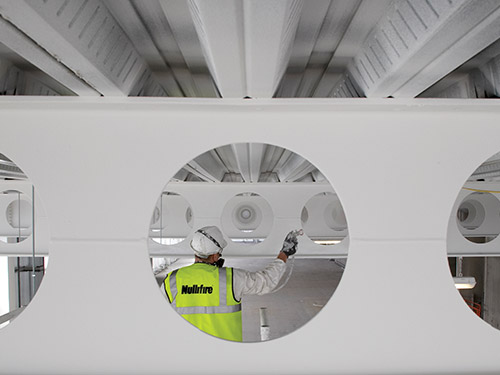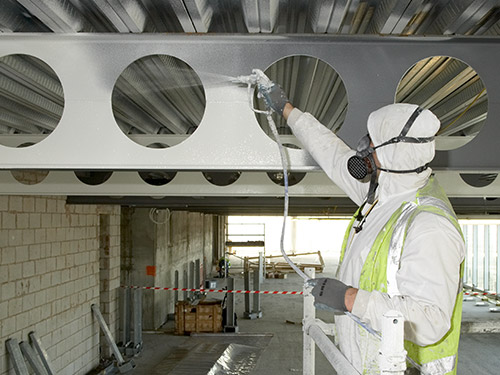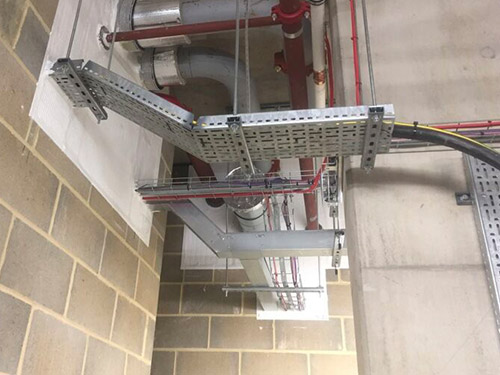
 |
Need Support? |
 Fire Protection
Different Types Of Intumescent Coatings And Their Benefits
Fire Protection
Different Types Of Intumescent Coatings And Their Benefits
There are a couple of ways to fireproof a building and normally they are mentioned as active fire protection and passive fire protection. While active fire protection requires a trigger...
 Fire Protection
Understanding Firestopping and Fire Protection
Fire Protection
Understanding Firestopping and Fire Protection
Firestopping and fire protection are different forms of passive fire protection for a building structure. Passive fire protection performs a compartmentalising role in the event...
 Fire Protection
What is the role of Fire Compartmentalisation and how is it done?
Fire Protection
What is the role of Fire Compartmentalisation and how is it done?
One of the fundamentals of passive fire protection is the compartmentalisation of buildings. To impede the spread of fire and smoke within a building, we must compartmentalize the spaces...
